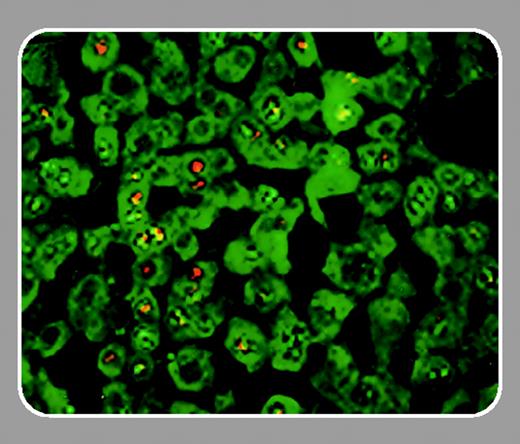Hemophilia A is the most common severe bleeding disorder, with an incidence of 1 in 5000 males. It is due to deficiency of factor VIII (FVIII), which is a 280-kDa protein that associates with an even larger carrier protein, von Willebrand factor. Intravenous administration of FVIII on an as-needed or prophylactic basis is inconvenient, expensive, and still carries some risk of transmission of infections. Permanent correction of the bleeding diathesis would be an important advance for patients and their families. This issue reports 2 novel approaches to treating hemophilia A. Scallan and colleagues (page 3919) used liver-directed gene therapy with 2 different adeno-associated virus (AAV) vectors to separately express the light and heavy chains of FVIII. The 2 chains then associated intracellularly to generate a functional protein that was secreted. Yarovoi and colleagues (page 4006) engineered platelets to express FVIII, which was released from α-granules and led to hemostasis at the site of injury.
Although gene therapy has made important advances in recent years, its use for hemophilia A has had limited success.1,2 Adenoviral vectors can result in high-level expression, but this has been transient in large animals. Intravenous injection of a retroviral vector did not achieve appreciable levels of expression in humans, which was likely due to low levels of gene transfer in these adults. One trial that involved transplantation of genetically modified fibroblasts into the peritoneum resulted in low levels of expression in some patients.3 However, this approach was laborious, and the effect disappeared within 1 year.
AAV vectors show promise due to their ability to stably transfer genes into hepatocytes of adults but have a limited size capacity. Since the minimal size of the FVIII cDNA is 4.1 kb after eliminating the untranslated regions and sequences encoding the unnecessary B domain, the group at Avigen headed by Linda Couto generated 2 vectors that expressed the canine light and heavy chains separately from a strong liver-specific promoter. The 2 chains associated inside hepatocytes to generate functional FVIII that was secreted into blood, resulting in plasma FVIII activity that was 16-fold that of normal human plasma and prevention of bleeding in hemophilia A mice. Expression was higher than: (1) that achieved with trans-splicing approaches; (2) use of a very short promoter to drive expression of a complete FVIII cDNA; or (3) coexpression of both chains from separate AAV vectors with weaker promoters. However, it is unclear if the excess light chains found in blood might have adverse effects, and it will be necessary to demonstrate efficacy and safety in a large animal model prior to testing this approach in humans.
The article by Yarovoi et al from the laboratory of Mortimer Poncz reports that expression of FVIII in platelets can reduce bleeding manifestations in hemophilia A. They used the glycoprotein Ibα promoter to restrict expression of FVIII to platelets of transgenic mice, where it was probably localized to the α-granules. Although FVIII was undetectable in blood, the platelets released FVIII locally at the site of bleeding. This allowed hemostasis to occur, albeit with varying efficiency in different situations. The main advantage here is that hemostasis might be feasible even in patients with inhibitors if the FVIII can function before the antibodies inhibit its activity. Although these results are encouraging, 2 obstacles need to be overcome before this approach can be used to treat humans with hemophilia. First, it has proven difficult to transduce human pluripotent hematopoietic stem cells, and appropriate expression in platelets will need to be achieved from whatever vector is used to transfer the gene. Second, there are concerns about the risks of transferring integrating vectors into hematopoietic cells. Despite these caveats, both these studies raise hopes that longlasting gene therapy for hemophilia A may be on the horizon.


This feature is available to Subscribers Only
Sign In or Create an Account Close Modal